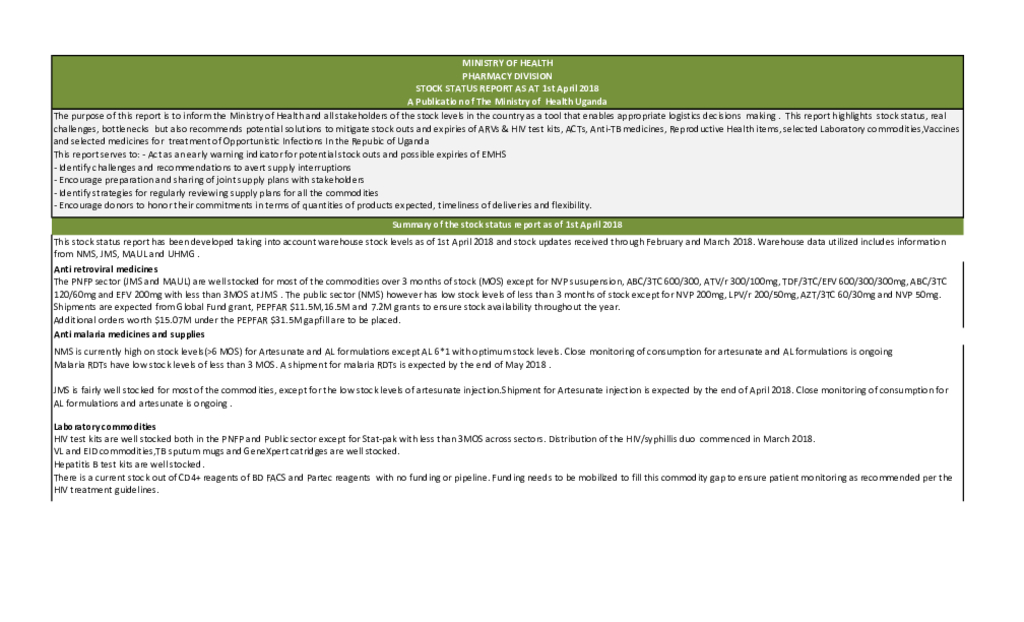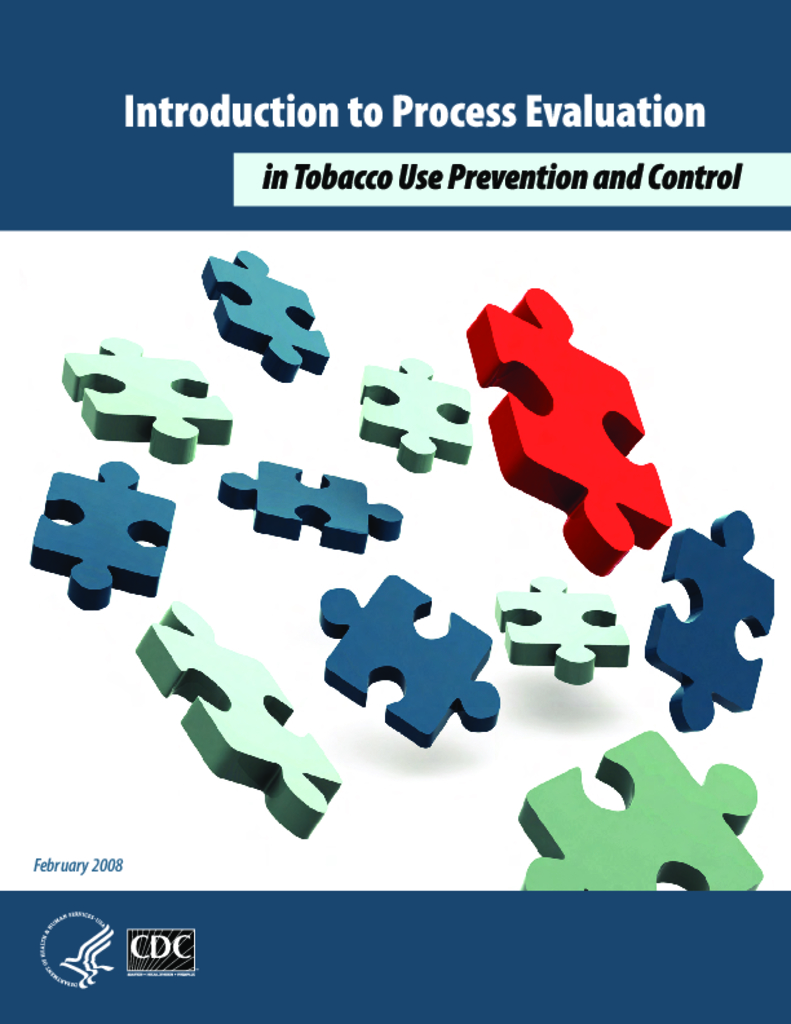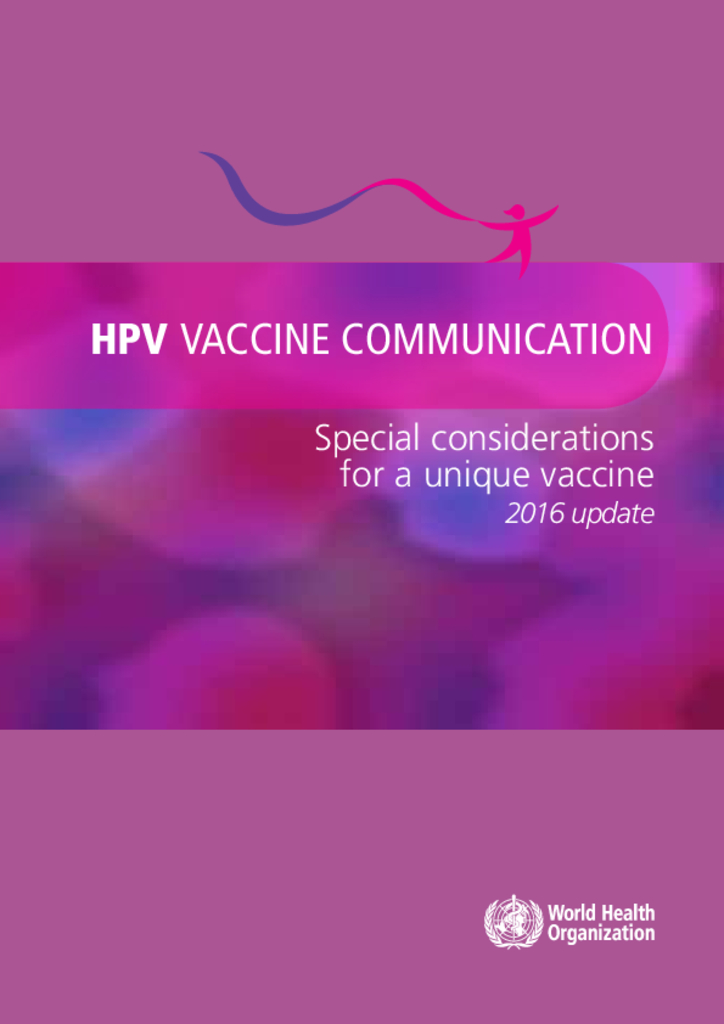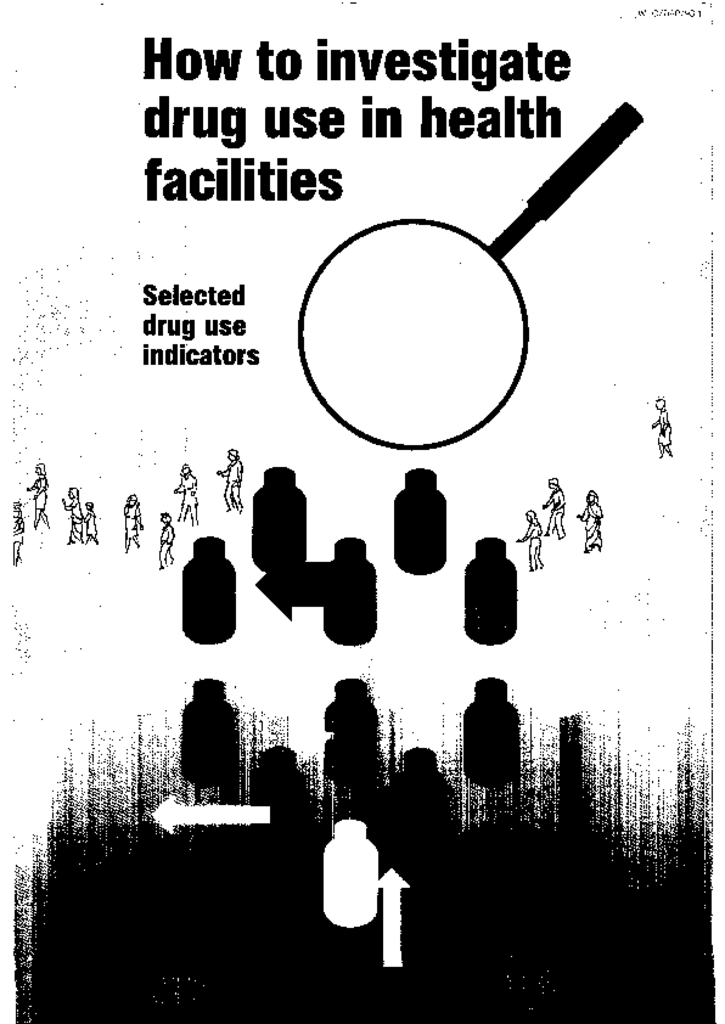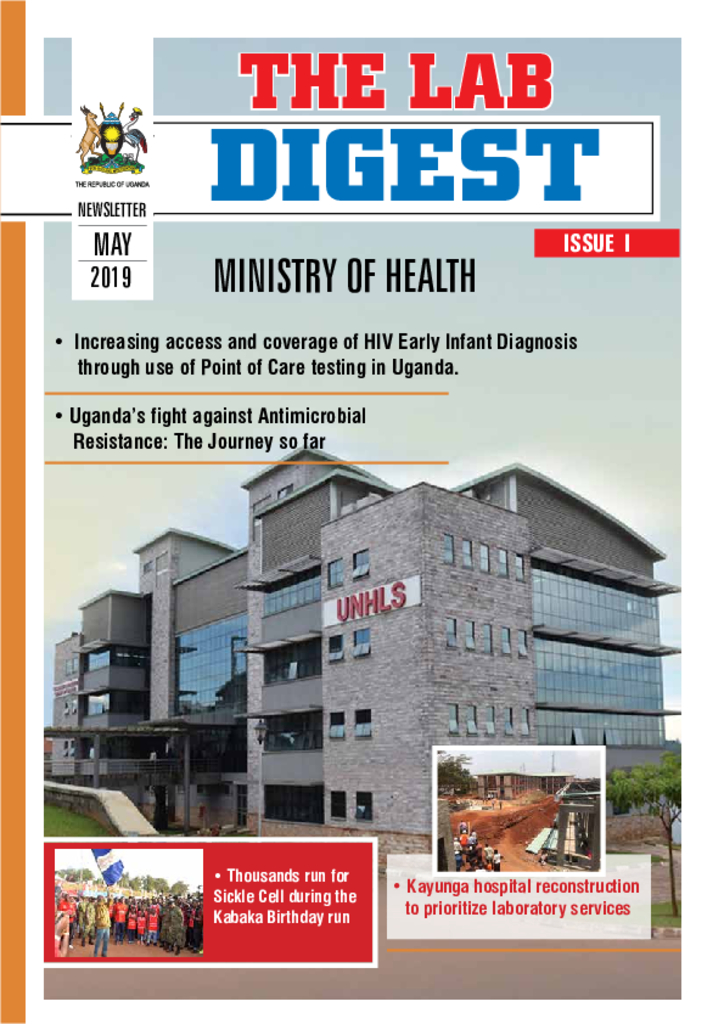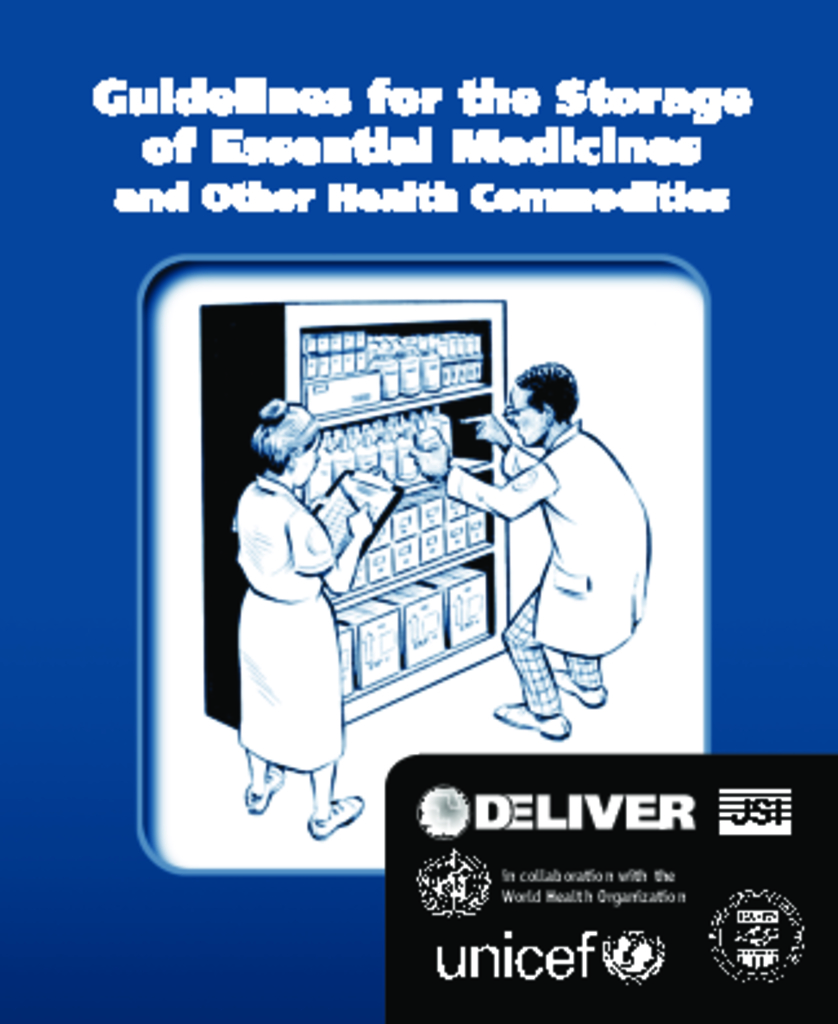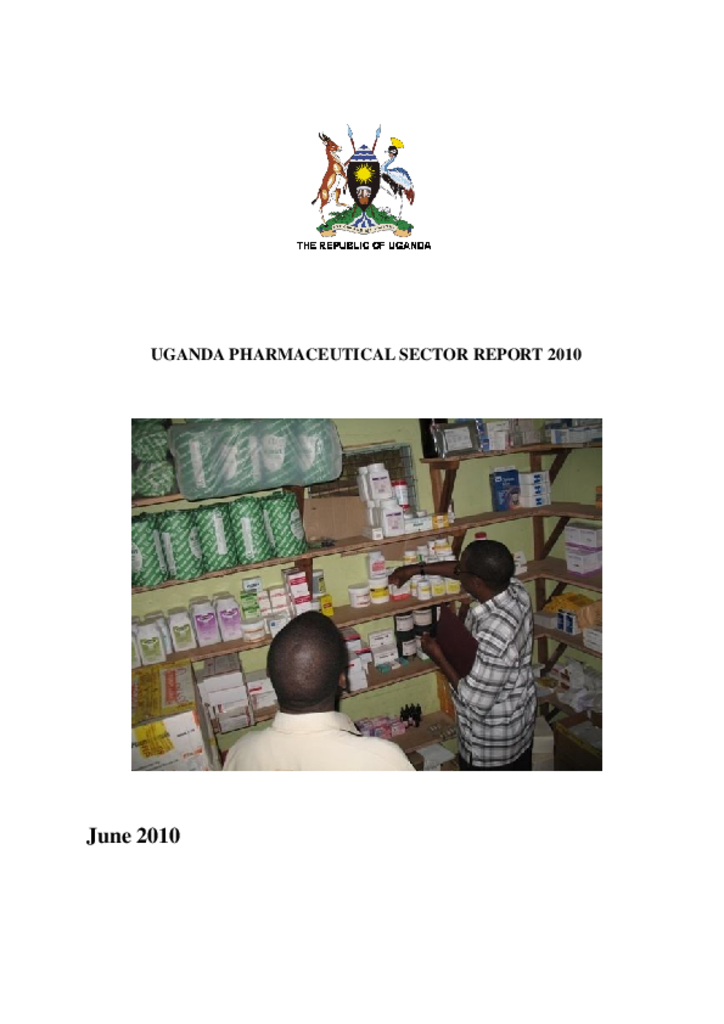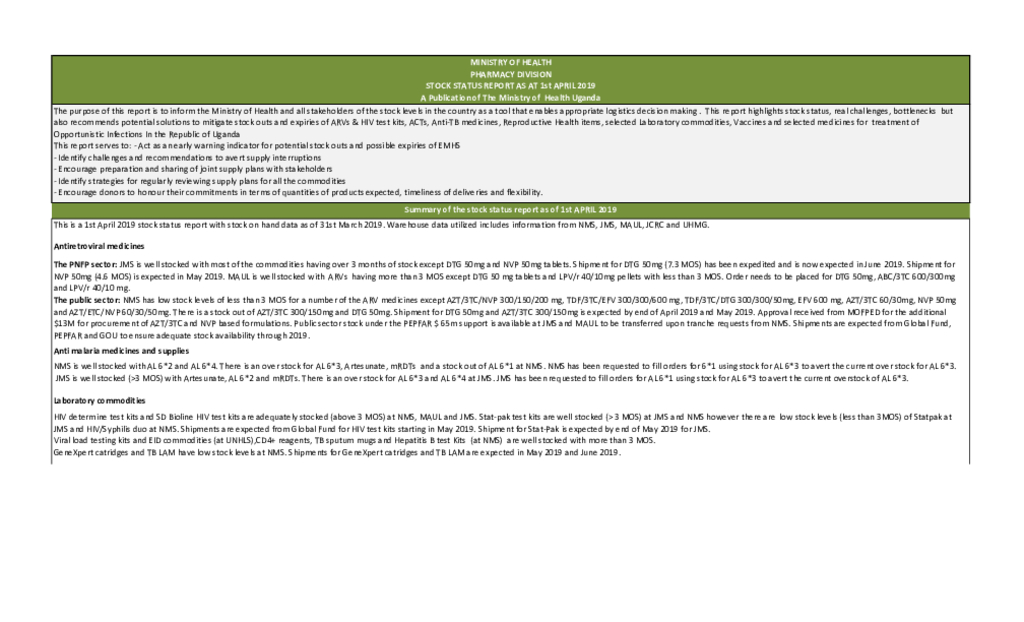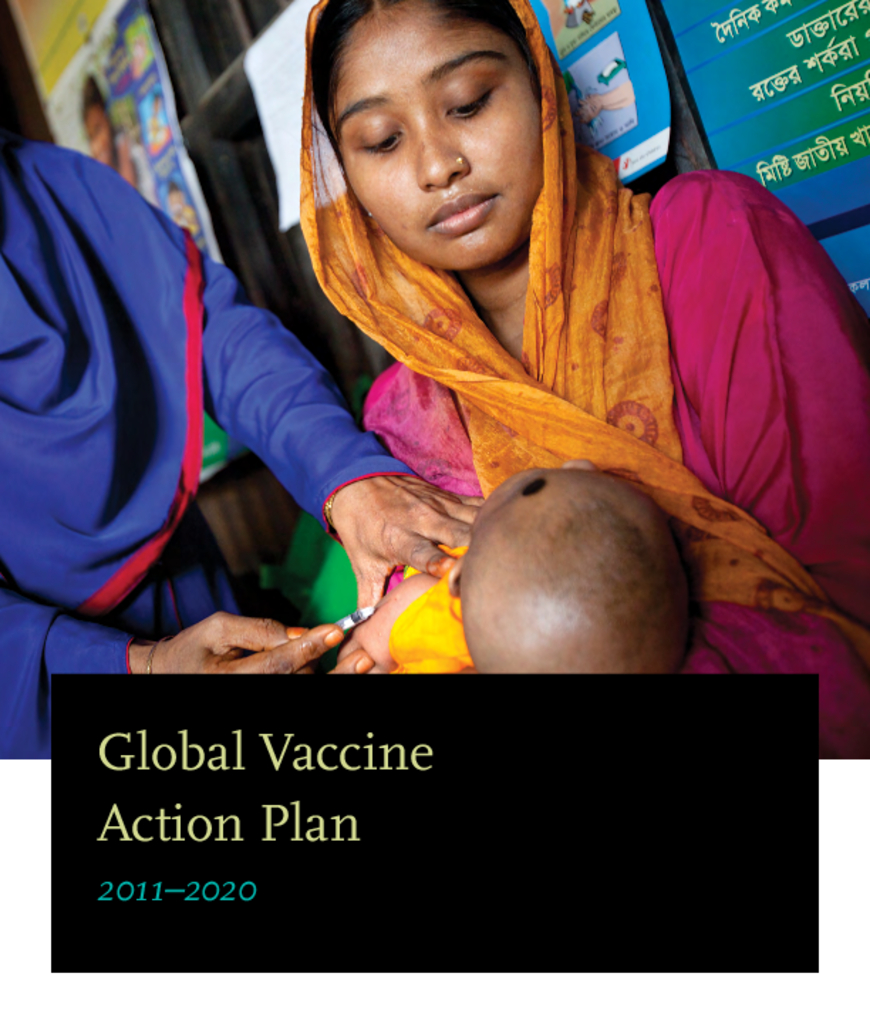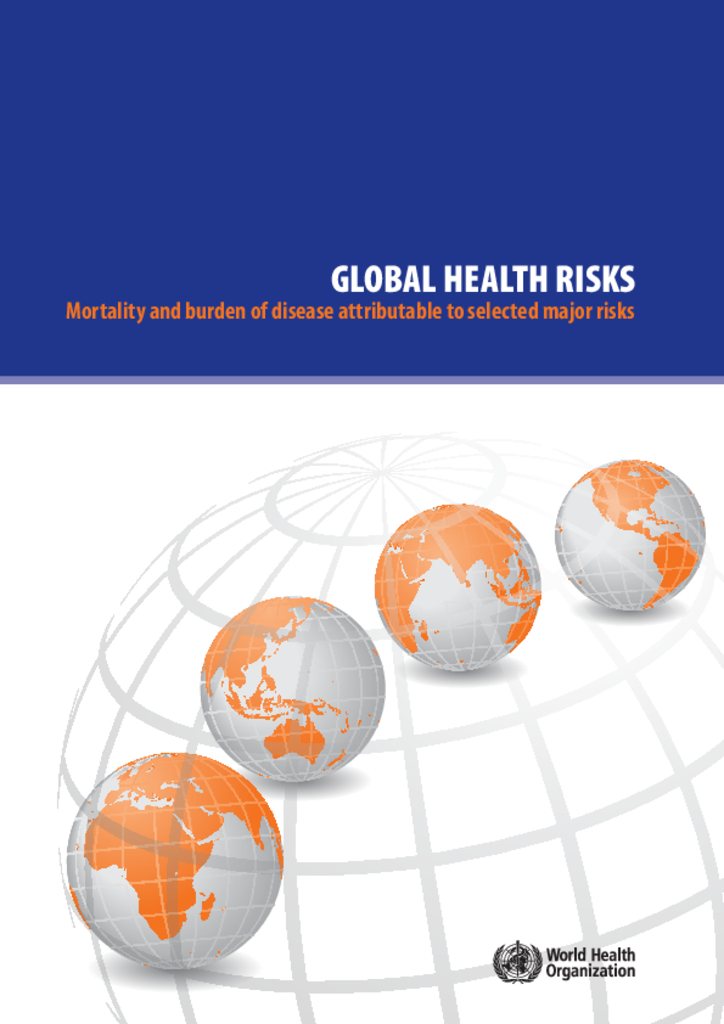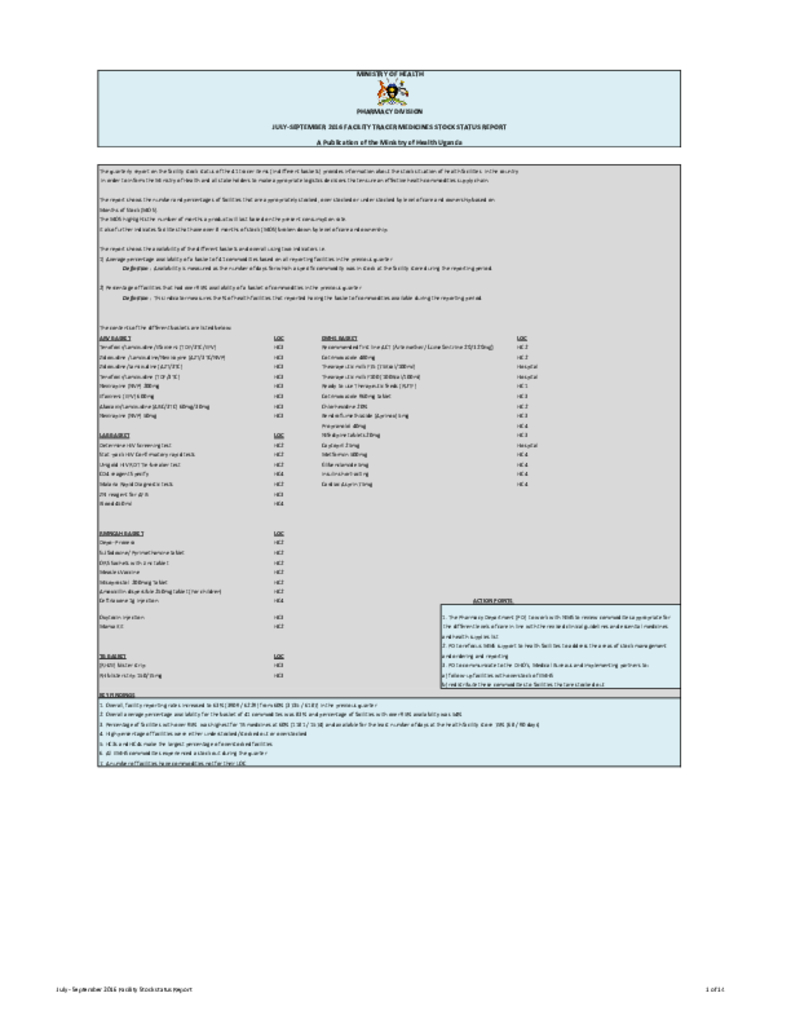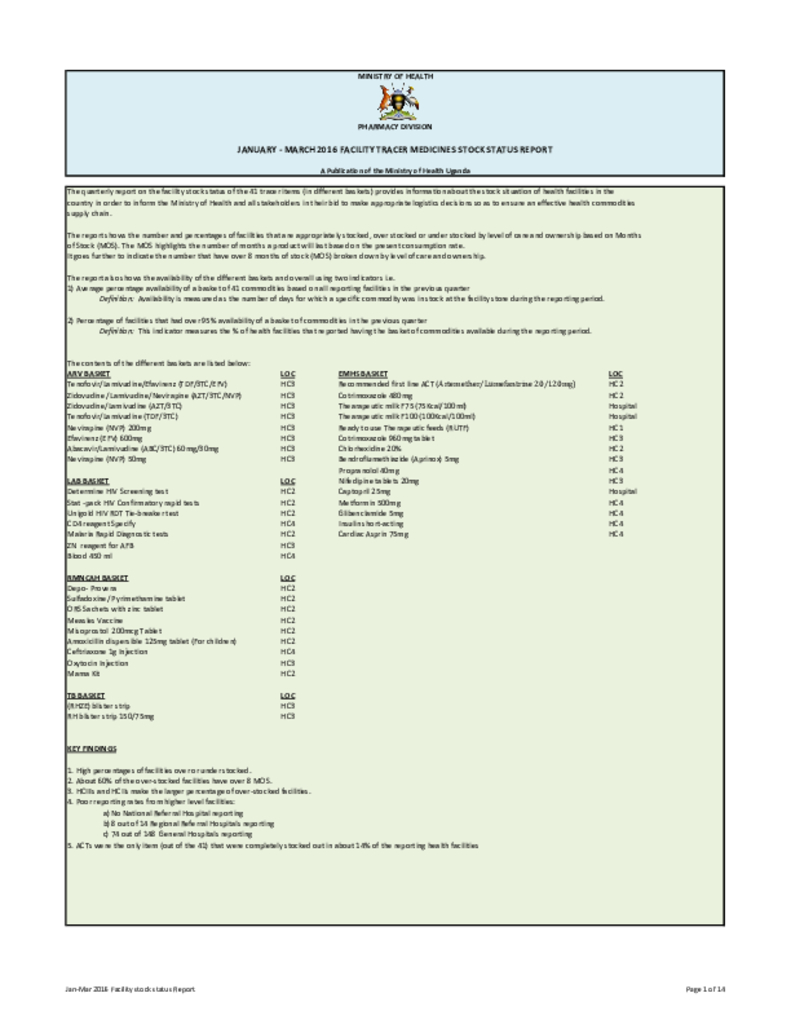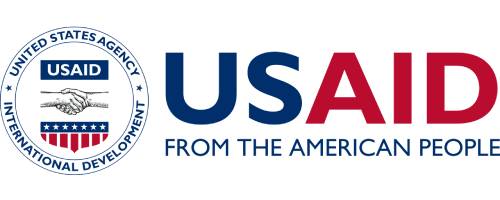This report highlights stock status, real challenges, bottlenecks but also recommends potential solutions to mitigate stock outs and expiries of ARVs & HIV test kits, ACTs, Anti-TB medicines, Reproductive Health items, selected Laboratory commodities,Vaccines and selected medicines for treatment of Opportunistic Infections In the Repubic of Uganda.
This manual is intended to provide process evaluation technical assistance to OSH staff, grantees and partners. It defines process evaluation and describes the rationale, benefits, key data collection components, and program evaluation management procedures. It also discusses how process evaluation links with outcome evaluation and fits within an overall approach to evaluating comprehensive tobacco control programs.
This guide presents communication guidance for countries introducing human papillomavirus (HPV) vaccine at the national or sub-national levels. HPV vaccination is a key strategy for comprehensive cervical cancer control and prevention. By the end of 2015, more than 65 countries introduced HPV vaccine into their national immunization programmes, with more than 30 of them were approved for Gavi-supported introductions
In 1985 WHO convened a conference in Nairobi on the rational use of drugs, since that time efforts have been increased to improve drug uses practices.An essential tool for such work is an objective measure of drug use in health facilities.
Welcome to the first issue of The Lab Digest, a quarterly newsletter that brings you updates and insights from the world of laboratory and diagnostics, a brainchild of the department of National Health Laboratory and Diagnostic Services of the Ministry of Health.
We are deeply delighted to have made it this far, and we can only pledge better in our subsequent issues. Special appreciation to the editorial team and the National Health Laboratory and Diagnostic Services Management.
Maintaining proper storage conditions for health commodities is vital to ensuring their quality. Product expiration dates are based on ideal storage conditions and protecting product quality until their expiration date is important for serving customers and conserving resources.Guidelines for the Storage of Essential Medicines and Other Health Commodities is a practical reference for those managing or involved in setting up a storeroom or warehouse. The guide contains written directions and clear illustrations on receiving and arranging commodities; special storage conditions; tracking commodities; maintaining the quality of the products; constructing and designing a medical store; waste management; and resources. It was written to meet the needs of district-level facilities; however, the guidelines and information it contains apply to any storage facility, of any size, in any type of environment.
In June 2010, the Ugandan Ministry of Health (MOH) with support from the United States Agency for International Development (USAID)-funded Securing Ugandans’ Right to Essential Medicines (SURE) Program, collected data for the 2010 Pharmaceutical Sector Report. This report presents the findings of the pharmaceutical sector survey on supply chain management, appropriate medicine use, and the quality standards of the dispensaries and pharmacies in public and private not-for-profit (PNFP) health facilities.
This is a 1st April 2019 stock status report with stock on hand data as of 31st March 2019. Warehouse data utilized includes information from NMS, JMS, MAUL, JCRC and UHMG. The PNFP sector: JMS is well stocked with most of the commodities having over 3 months of stock except DTG 50mg and NVP 50mg tablets. Shipment for DTG 50mg (7.3 MOS) has been expedited and is now expected in June 2019. Shipment for NVP 50mg (4.6 MOS) is expected in May 2019. MAUL is well stocked with ARVs having more than 3 MOS except DTG 50 mg tablets and LPV/r 40/10mg pellets with less than 3 MOS. Order needs to be placed for DTG 50mg, ABC/3TC 600/300mg and LPV/r 40/10 mg.The public sector: NMS has low stock levels of less than 3 MOS for a number of the ARV medicines except AZT/3TC/NVP 300/150/200 mg, TDF/3TC/EFV 300/300/600 mg, TDF/3TC/DTG 300/300/50mg, EFV 600 mg, AZT/3TC 60/30mg, NVP 50mg and AZT/ETC/NVP 60/30/50mg. There is a stock out of AZT/3TC 300/150mg and DTG 50mg. Shipment for DTG 50mg and AZT/3TC 300/150mg is expected by end of April 2019 and May 2019. Approval received from MOFPED for the additional $13M for procurement of AZT/3TC and NVP based formulations.
The Global Vaccine Action Plan builds on the success of the Global Immunization Vision and Strategy, 2006–2015, which was launched in 2005 as the first 10-year strategic framework to realize the potential of immunization. Developing the plan has brought together multiple stakeholders involved in immunization, including governments and elected officials, health professionals, academia, manufacturers, global agencies, development partners, civil society, media and the private sector, to define collectively what the immunization community wants to achieve over the next decade.
The leading global risks for mortality in the world are high blood pressure (responsible for 13% of deaths globally), tobacco use (9%), high blood glucose (6%), physical inactivity (6%), and overweight and obesity (5%). These risks are responsible for raising the risk of chronic diseases such as heart disease, diabetes and cancers. They affect countries across all income groups: high, middle and low.
The quarterly report on the facility stock status of the 41 tracer items (in different baskets) provides information about the stock situation of health facilities in the country in order to inform the Ministry of Health and all stakeholders to make appropriate logistics decisions that ensure an effective health commodities supply chain. The report shows the number and percentages of facilities that are appropriately stocked, over stocked or under stocked by level of care and ownership based on The MOS highlights the number of months a product will last based on the present consumption rate. It also further indicates facilities that have over 8 months of stock (MOS) broken down by level of care and ownership. The report shows the availability of the different baskets and overall using two indicators i.e. Average percentage availability of a basket of 41 commodities based on all reporting facilities in the previous quarter
Definition: Availability is measured as the number of days for which a specific commodity was in stock at the facility store during the reporting period
The quarterly report on the facility stock status of the 41 tracer items (in different baskets) provides information about the stock situation of health facilities in the country in order to inform the Ministry of Health and all stakeholders in their bid to make appropriate logistics decisions so as to ensure an effective health commodities supply chain. The report shows the number and percentages of facilities that are appropriately stocked, over stocked or under stocked by level of care and ownership based on Months of Stock (MOS). The MOS highlights the number of months a product will last based on the present consumption rate. It goes further to indicate the number that have over 8 months of stock (MOS) broken down by level of care and ownership. The report also shows the availability of the different baskets and overall using two indicators i.e. 1) Average percentage availability of a basket of 41 commodities based on all reporting facilities in the previous quarter Definition: Availability is measured as the number of days for which a specific commodity was in stock at the facility store during the reporting period. 2) Percentage of facilities that had over 95% availability of a basket of commodities in the previous quarter
